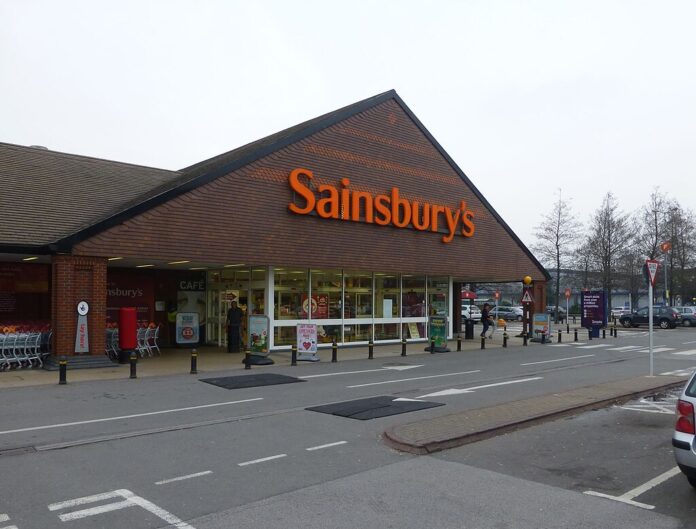Sainsbury’s hits £1bn profit after brutal cuts, but warns shoppers’ savings could stall profits ahead.
Sainsbury’s has crossed the £1bn profit mark for the first time in years—thanks in part to sweeping cuts that saw 3,000 jobs axed and the closure of all its in-store cafés. But the supermarket giant says the financial high won’t climb further, as the sector gears up for a full-blown price war.
In its annual results released Thursday, Sainsbury’s reported retail underlying operating profits of £1.036bn for the year ending March 2025. The milestone was reached as shoppers flocked to its stores in record numbers, and the company poured £1bn into price reductions, fuelling its biggest grocery market share boost in over a decade.
Yet, despite the headline figure, the retailer has warned that profits are unlikely to grow next year. With competition heating up across the sector, prices are expected to fall even further—good news for customers, but less so for the bottom line.
Embed from Getty Images“We’ve delivered a record-breaking year in grocery,” Sainsbury’s stated. “But going forward, the market will be more competitive than ever.”
Tesco and Asda are also sharpening their pricing strategies. Tesco has spoken of “intensifying competition,” while Asda’s chairman has committed to sacrificing profits to cut prices.
The environment is increasingly volatile. While Sainsbury’s enjoyed strong grocery sales, it also faced tough decisions. In January, the chain revealed plans to permanently close its 61 in-store cafés, along with shutting down hot food, patisserie, and pizza counters—moves that led to the loss of over 3,000 jobs.
These cost-cutting efforts are part of Sainsbury’s broader response to what it called a “challenging cost environment.” And the pressure isn’t easing: the grocer has criticised the government’s national insurance hike, warning in January that it would be hit with an additional £140m in employer contributions.
While this new cost burden falls outside the scope of the latest results—it came into effect in April—Sainsbury’s has signalled that it could ultimately feed through to higher prices for customers.
Still, there are plans to grow. The company is looking to open new stores in what it describes as “key target locations,” aiming to consolidate and expand its market share through carefully chosen investments.
Russ Mould, investment director at AJ Bell, said a supermarket price war might come at a cost to profits—but not to consumers. “The main winners in a price war would ultimately be shoppers,” he said. “Like Tesco, Sainsbury’s wants to protect its competitive position, hence the flat profit guidance.”
Now Britain’s second-largest supermarket, Sainsbury’s holds more market share than Asda but remains behind Tesco, according to figures from Kantar.
Even amid rising costs and a tightening grip on operations, Sainsbury’s CEO Simon Roberts appears to be doubling down on the company’s core mission: volume, value, and customer retention.
While job losses and café closures have left a bitter aftertaste for many, the supermarket is banking on low prices and new store openings to keep shoppers loyal in an increasingly cutthroat market.
Whether it can maintain both profit stability and consumer goodwill as the price war intensifies remains to be seen.
